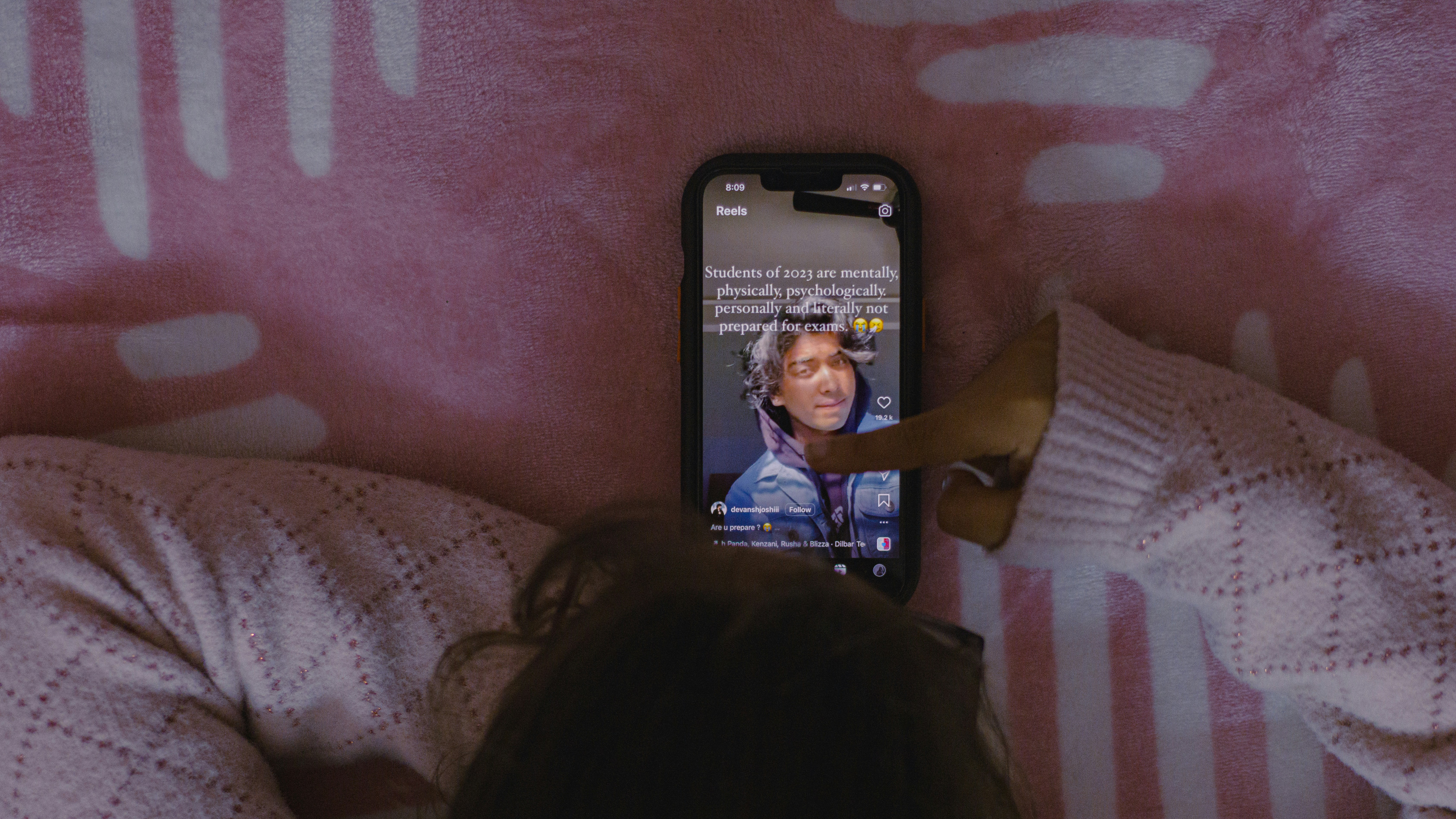Introduction
Television as we knew it is evolving. Traditional TV is no longer the dominant source of entertainment, as short-form video platforms like TikTok, YouTube Shorts, and Instagram Reels capture massive audiences worldwide. With attention spans shrinking and mobile-first consumption rising, short-form content is reshaping how we watch, engage, and even advertise. In this post, we’ll explore why short-form video is overtaking traditional TV, the trends driving this shift, and what it means for viewers and content creators alike.
1. The Rise of Short-Form Video
- Explosive growth: Platforms like TikTok have grown into global phenomena, with billions of daily views.
- Mobile-first consumption: Short videos are optimized for smartphones, matching the way audiences consume content today.
- Algorithm-driven discovery: Personalized feeds keep viewers engaged, often for hours, surpassing linear TV engagement.

2. Why Viewers Prefer Short-Form
- Time efficiency: Bite-sized content fits into micro-moments — commuting, breaks, or waiting in line.
- Interactive features: Likes, comments, shares, duets, and polls create a more participatory experience than passive TV viewing.
- Relatability and creativity: Short-form creators often experiment with trends, memes, and challenges that feel authentic and immediate.
3. Impact on Traditional TV and Streaming
- Declining linear TV viewership: Younger audiences increasingly skip cable and network schedules.
- Hybrid models: Streaming platforms like Netflix and Disney+ are experimenting with short-form content to compete with mobile-first platforms.
- Advertising shifts: Brands are reallocating budgets toward social video ads, influencer collaborations, and interactive campaigns.
4. Opportunities for Content Creators
- Low barriers to entry: Anyone with a smartphone can create and distribute content globally.
- Virality potential: Short-form videos can gain massive exposure quickly, often surpassing traditional marketing reach.
- Creative experimentation: Platforms encourage trends, challenges, and storytelling innovations that are difficult to replicate in traditional TV.

5. Challenges and Considerations
- Monetization: While short-form offers exposure, earning a sustainable income can be challenging compared to traditional media.
- Content saturation: Millions of creators compete for attention, making discoverability harder.
- Attention fragmentation: Viewers constantly switching between short videos may reduce engagement with longer, more substantive content.
6. The Future of Video Consumption
- Integration with TV and streaming: Expect hybrid approaches where short-form complements traditional long-form series.
- Enhanced interactivity: Shoppable videos, polls, and immersive features will drive deeper engagement.
- AI and personalized recommendations: Algorithms will continue to tailor content to individual preferences, increasing watch time and retention.

Conclusion
Short-form video is more than a trend — it’s a fundamental shift in how audiences consume media. Brands, creators, and networks that embrace this new era stand to benefit from higher engagement, viral reach, and innovative storytelling opportunities. While traditional TV isn’t disappearing overnight, the dominance of short-form video signals a new chapter in digital entertainment where attention, creativity, and immediacy reign supreme.




